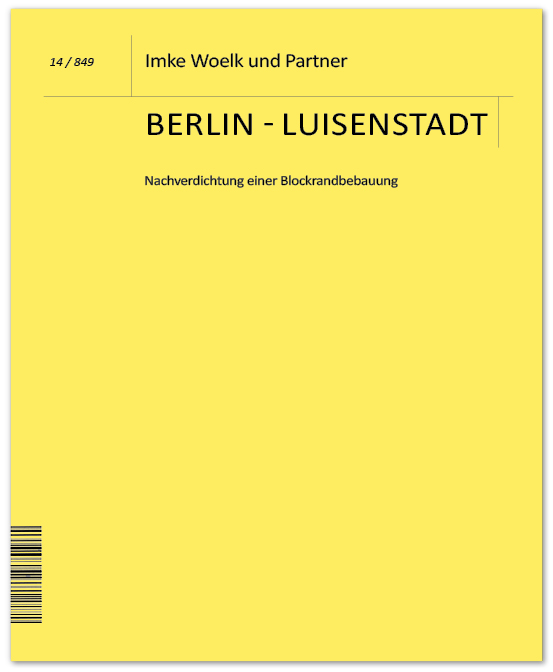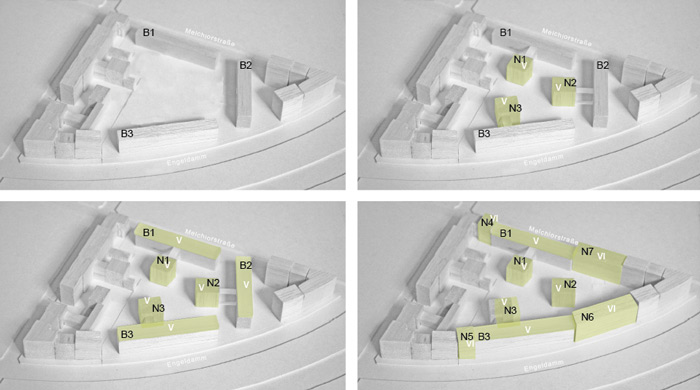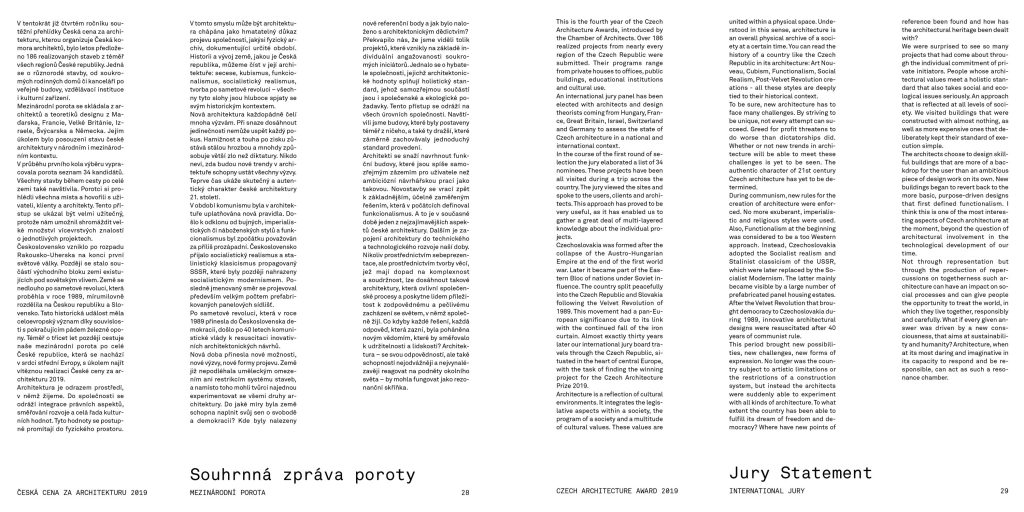
The study analyses the potentials and strategies of densification of a city block originating from the “Gründerzeit” (period of promoterism). The voids that were caused by the war had been filled with housing rows. The study proposes to maintain the heterogeneous building stock with its history contained. Existing spaces will be preserved and can be adapted with simple measures to present demands. The new architecture is developing from the existing space context and is focusing on the block’s interior areas. Auxiliary facilities are integrated sparingly with their innovative and affordable housing types. There will be offered building types with a close connection to the green courtyard. The layouts flexibility of the apartments, which enable a combination of living and working, also make this model of densification attractive for other locations.
Contents:
1. Location and context analysis
2. Concept of densification in four development stages
3. Presentation of space typologies complementing the requirements
4. Standards of construction and implementation
5. Vegetation periods of the building envelope

Proposed construction phases
| Location | Berlin-Mitte, Germany |
| Client | Wohnungsbaugesellschaft Berlin-Mitte, WBM |
| Area | Study area: 11.000 m2 |
| Date | 2014 |

